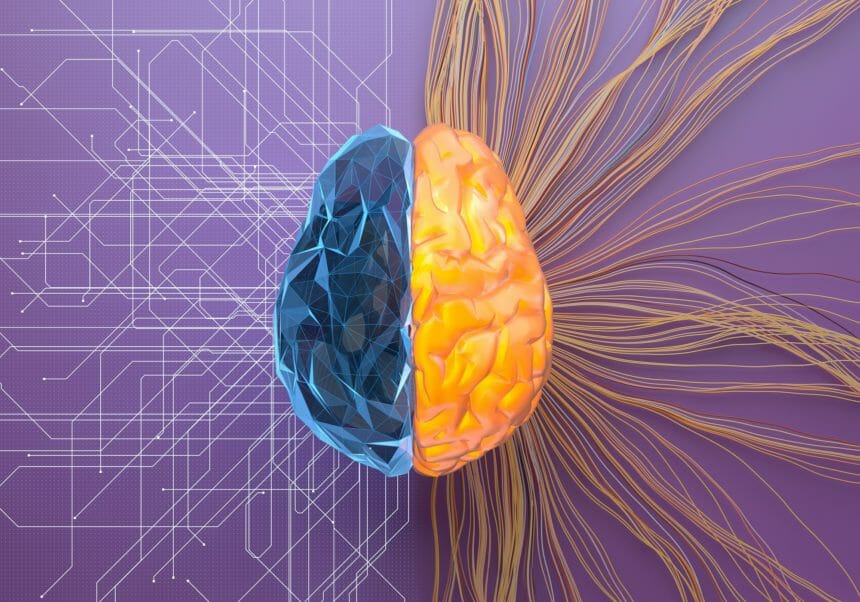Source – https://www.neurologyadvisor.com/
A novel system using deep learning technology and custom electroencephalogram (EEG) data techniques has been shown to automatically learn seizure signatures in patients with epilepsy and reduce the amount of raw EEG data needed to be reviewed by a neurologist, according to a study published in EBioMedicine.
Researchers involved in the study obtained scalp EEG data from 365 patients with 171,745 s ictal and 2,185,864 s interictal samples. The data were analyzed during a crowdsourced artificial intelligence (AI) challenge.
Study participants were asked to develop deep learning models for automatic annotation of epileptic seizures in the raw EEG data. Specifically, these participants worked to develop an ictal/interictal classifier that featured high sensitivity as well as low false alarm rates. A challenge platform was subsequently built as a means of preventing the participants from downloading or accessing the relevant data.
Overall, findings indicated that the automatic detection system featured tunable sensitivities ranging from 75.00% to 91.60%. This achievement in high sensitivity rates reduced the amount of raw EEG data needed to be reviewed by a human annotator by maximum achievable reduction factor of 142x and 22x, respectively.
The study researchers stated the algorithm enabled “instantaneous reviewer-managed optimization of the balance between sensitivity” and the amount of raw EEG data that needed to be reviewed.
Ultimately, the deep learning technique allowed participants to learn patient-specific seizure signatures. The study researchers added that the system can then filter “seizure segments out of raw EEG data for verification by an expert neurologist.”
The primary limitation of this study included the relatively small sample size. Additional research is needed to validate the findings from this study.
Besides seizure detection, the study investigators concluded that “the platform enables collaboration between data scientists whilst keeping proprietary or sensitive data secure and protected.”
